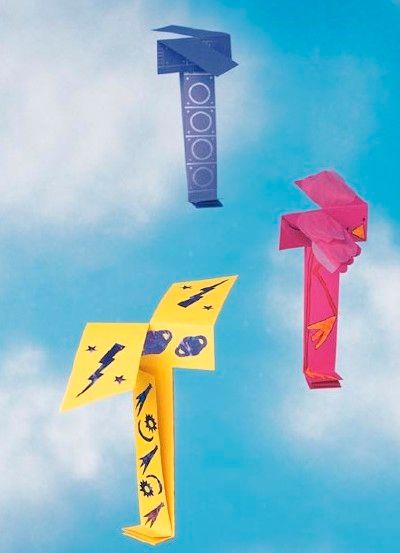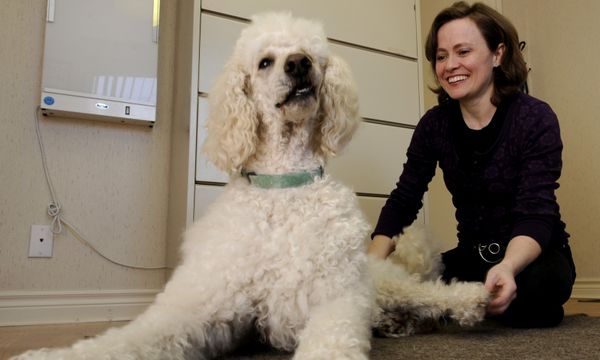
So, about all those paper airplanes you folded in class when you were supposed to be taking notes: Maybe you should've kept at it. Record-setting paper airplane pro John Collins contends that a few strategic folds of paper could really take you places. His lifelong interest in paper airplanes has evolved from playing with a simple child's toy to a career as a professional speaker who gets crowds excited about the science and discovery behind folded paper.
Collins and "pilot" Joe Ayoob broke the Guinness World Record for paper aircraft distance in 2012, flying an aerodynamic paper airplane a whopping 226 feet, 10 inches (69.14 meters). You can see that record-setting flight right here:
Advertisement
Collins' world record-setting design is named for his wife Susanne, and consists of only eight folds. Shortly after conquering the world record for paper aircraft distance. Collins shared the instructions for the paper airplane online and upped the ante by offering a $1,000 prize to anyone who could use the design to officially break his Guinness World Record.
Through trial and error, he's also come up with designs that return to the thrower like a boomerang, exhibit incredible hang times or fly straight as an arrow, as he explains in the Great Big Story video at the top of this article.
What's so simple about paper airplanes? Well, just about everything — and nothing. These paradoxical paper flyers can be constructed in seconds, and help those who make them develop three-dimensional thinking and fine motor skills along the way. Collins believes that building a paper airplane is a crucial entry point into "thinking like a scientist."
The aerodynamic forces that give airplanes — both actual life-size planes and little paper models — lift is the same, and examining the "how" and "why" of paper airplanes can help us better understand flight as a whole. In fact, paper airplanes were crucial in developing the first real-life airplanes because they could be tested in a much more economical way than person-sized prototypes. Leonardo da Vinci, the Renaissance artist and inventor who dreamed of bringing a flying machine to life, relied on paper models to test his ideas.
Advertisement

